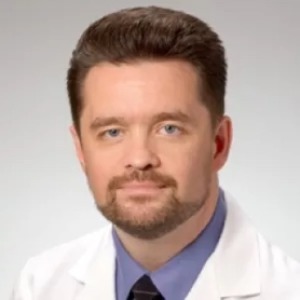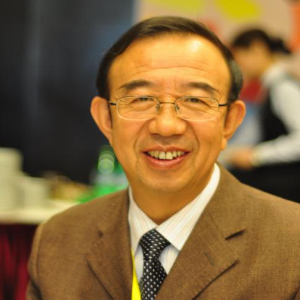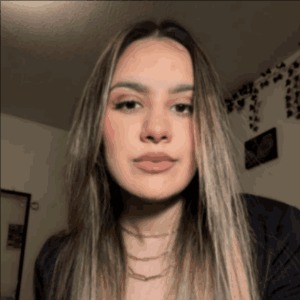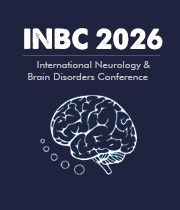The Cross-Linking Theory
The cross-linking theory in neurology is a concept which suggests that brain injury can be prevented or minimized by stimulating connections between damaged neurons. This theory proposes that increased synaptic connections between neurons and other neurons, or between damaged neurons and surrounding neurons, can help strengthen existing neural pathways and create new pathways, thus helping to repair injury and prevent further damage. It is based on the idea that increased neural connectivity in the brain, which is known as synaptogenesis, can promote CNS plasticity and recovery. The underlying principle of the theory is that the more neuromodulatory connections there are between neurons, the more synaptic changes occur, which allows the brain to respond to and adapt to damage from injury or disease. Researchers have used animal models, such as rats, to evaluate the effects of synaptogenesis on recovery and prevention of neurodegenerative diseases. In one study, the rats received a single dose of a drug which promotes synaptic connections and plasticity. They found that the drug not only enhanced recovery of damaged neural tissue, but it also prevented the onset of neurodegenerative diseases. The cross-linking theory is still largely theoretical due to a lack of research in humans. However, some clinical trials have shown promise in helping reduce the symptoms of stroke and other neurological diseases. For example, studies have shown that repetitive transcranial magnetic stimulation (rTMS) can be used to instigate plasticity and promote neuronal recovery. Although this theory is still in its early stages and it is yet to be proved in humans, it may prove to be an important tool in combating degenerative neurological diseases. It involves the rewiring of the brain itself, or using externally applied methods such as rTMS to increase connectivity, which may lead to possible treatments or therapies for those suffering from neurological disorders.

Joe Sam Robinson
Mercer University, United States
Robert B Slocum
University of Kentucky HealthCare, United States
George Diaz
Memorial Healthcare Systems, United States
Daniel Curry
Texas Children’s Hospital, United States
Zhenhuan Liu
Guangzhou University Chinese Medicine, China
Kiran Ghotra
Lake Erie College of Osteopathic Medicine, United States




Title : Atypical presentation of Juvenile myoclonic epilepsy in a 16-year-old female: A Case Report
George Diaz, Memorial Healthcare Systems, United States
Title : What we don’t know about hydrocephalus and It’s management
Daniel Curry, Texas Children’s Hospital, United States
Title : Artificial intelligence-driven DWI and FLAIR for the detection of early stroke changes: A systematic review
Shari L Guerra, The Medical City, Philippines
Title : Mapping neuroplasticity in occupational therapy: Evidence-based interventions with measurable neural outcomes
Jessica Marchant, Texas Woman's University, United States
Title : Non-pharmacologic management of orthostatic hypotension in inpatient rehabilitation: A quality improvement initiative
Laura Steakin, Rehabilitation Institute at Sinai, United States
Title : Non-pharmacologic management of orthostatic hypotension in inpatient rehabilitation: A quality improvement initiative
Mackenzie Weber, Rehabilitation Institute at Sinai, United States